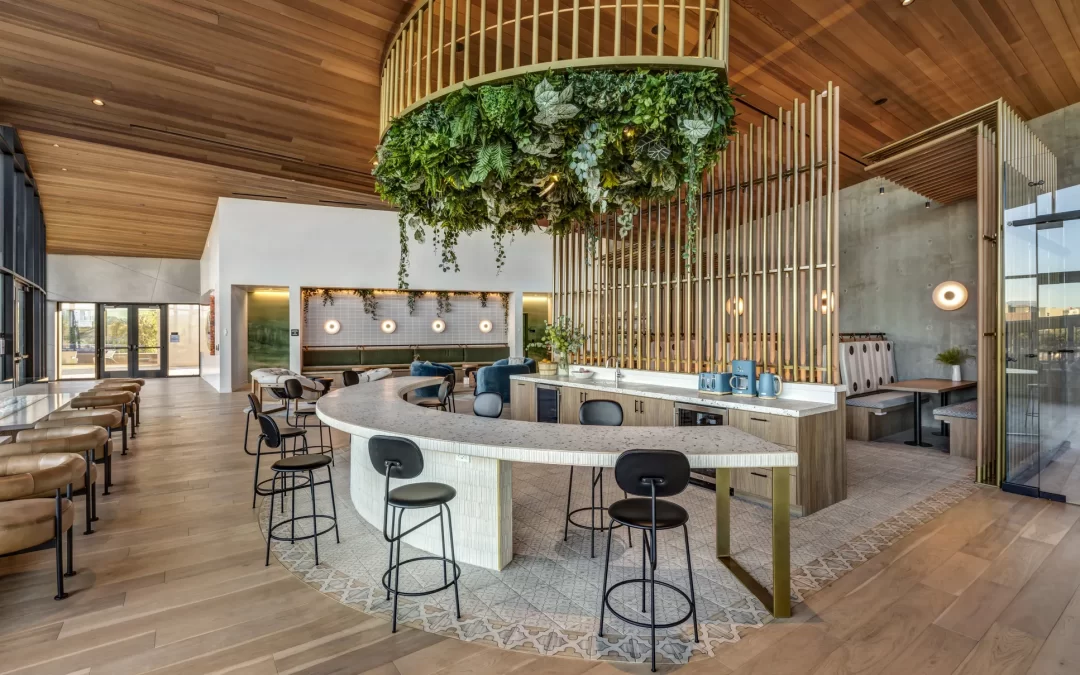Using Typography to Tell Your Brand’s Story
Typography extends beyond mere font styles; it is an integral part of visual storytelling in the hospitality industry. The choice of typeface can communicate values, evoke emotions, and set the tone of the brand experience. For instance, a clean, modern font might suggest a sleek, contemporary hotel, while a serif font with flourished edges could evoke the timeless elegance of a heritage property.
Typography: The Voice of Visual Communication
Every time a guest interacts with written content—be it signage, menus, website text, or room directories—they are engaging with the brand through typography. As the ‘voice’ of the brand’s visual communication, typography can significantly influence how guests perceive their environment and the brand’s identity. When designers use typography intentionally, it becomes a strategic tool for delivering memorable guest experiences.
The Importance of Consistent Typography in Brand Identity
Consistency in typography across various media reinforces brand recognition and cohesion. A unified look and feel help guests immediately connect printed materials, digital interfaces, and on-site signage with the brand itself. By adhering to a consistent typographic style, businesses ensure that all forms of communication carry the same brand message and aesthetic.
Creating an Emotional Connection
Typography isn’t just about aesthetics—it’s about evoking specific feelings and responses from the reader. Different typefaces can induce different emotions broadly categorized as:
- Confidence and Authority: Bold, sans-serif fonts often convey strength and modernity, making them suitable for cutting-edge hospitality venues.
- Elegance and Sophistication: Serif fonts are timeless and traditional, ideal for high-end, luxury experiences seeking to exude elegance.
- Warmth and Welcoming: Handwritten or script fonts can add a personal touch, suggesting warmth and hospitality.
Practical Applications of Typography in Hospitality
The choice and execution of typography should reflect the property’s identity and target audience. Here are some practical applications:
Signage
Clear, legible fonts ensure effective wayfinding and communication throughout the hospitality space. Appropriate typography can create a seamless experience for guests as they navigate lobbies, corridors, and facilities.
Menus and Collateral
Menus are vital tools of communication in restaurants and bars. Strategic font choices can influence the diner’s perception, with luxe, elaborate fonts suggesting premium experiences and clean, minimal fonts reflecting modern simplicity.
Digital Interfaces
On websites and apps, typography must cater to both readability and aesthetic appeal. Using responsive fonts that adapt to various screen sizes ensures usability while preserving the brand’s style.
Case Study: Typography in Action at a Luxury Hotel
Consider a luxury hotel chain aiming to blend heritage with contemporary flair. Through typography, they incorporate an elegant serif font for their main branding, projecting timeless sophistication. For digital communications and modern amenities signage, a sleek sans-serif font is used, balancing the traditional with the present-day, creating a dual narrative that appeals to a diverse clientele.
Conclusion: The Art and Strategy of Typography in Hospitality
Typography, when used strategically, becomes a powerful ally in crafting the identity and experiences that hospitality brands wish to offer. Beyond mere aesthetics, it establishes the emotional and psychological ties guests feel with a brand. As an architectural and interior design expert in the hospitality industry, understanding and leveraging the nuances of typography not only enhances branding but also crafts enriched guest experiences, ultimately setting a property apart in an immersive and competitive market.



